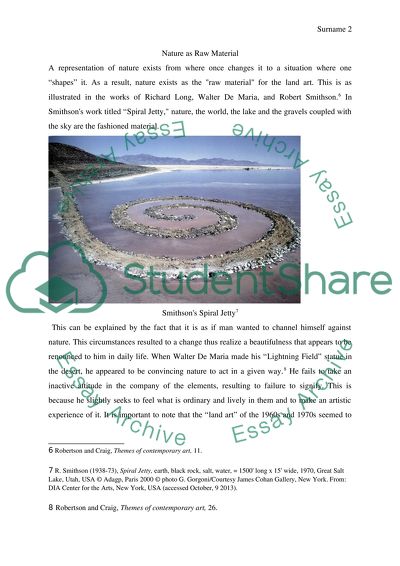Cite this document
(“Nature in contemporary art Essay Example | Topics and Well Written Essays - 1500 words”, n.d.)
Nature in contemporary art Essay Example | Topics and Well Written Essays - 1500 words. Retrieved from https://studentshare.org/visual-arts-film-studies/1487438-nature-in-contemporary-art
Nature in contemporary art Essay Example | Topics and Well Written Essays - 1500 words. Retrieved from https://studentshare.org/visual-arts-film-studies/1487438-nature-in-contemporary-art
(Nature in Contemporary Art Essay Example | Topics and Well Written Essays - 1500 Words)
Nature in Contemporary Art Essay Example | Topics and Well Written Essays - 1500 Words. https://studentshare.org/visual-arts-film-studies/1487438-nature-in-contemporary-art.
Nature in Contemporary Art Essay Example | Topics and Well Written Essays - 1500 Words. https://studentshare.org/visual-arts-film-studies/1487438-nature-in-contemporary-art.
“Nature in Contemporary Art Essay Example | Topics and Well Written Essays - 1500 Words”, n.d. https://studentshare.org/visual-arts-film-studies/1487438-nature-in-contemporary-art.


